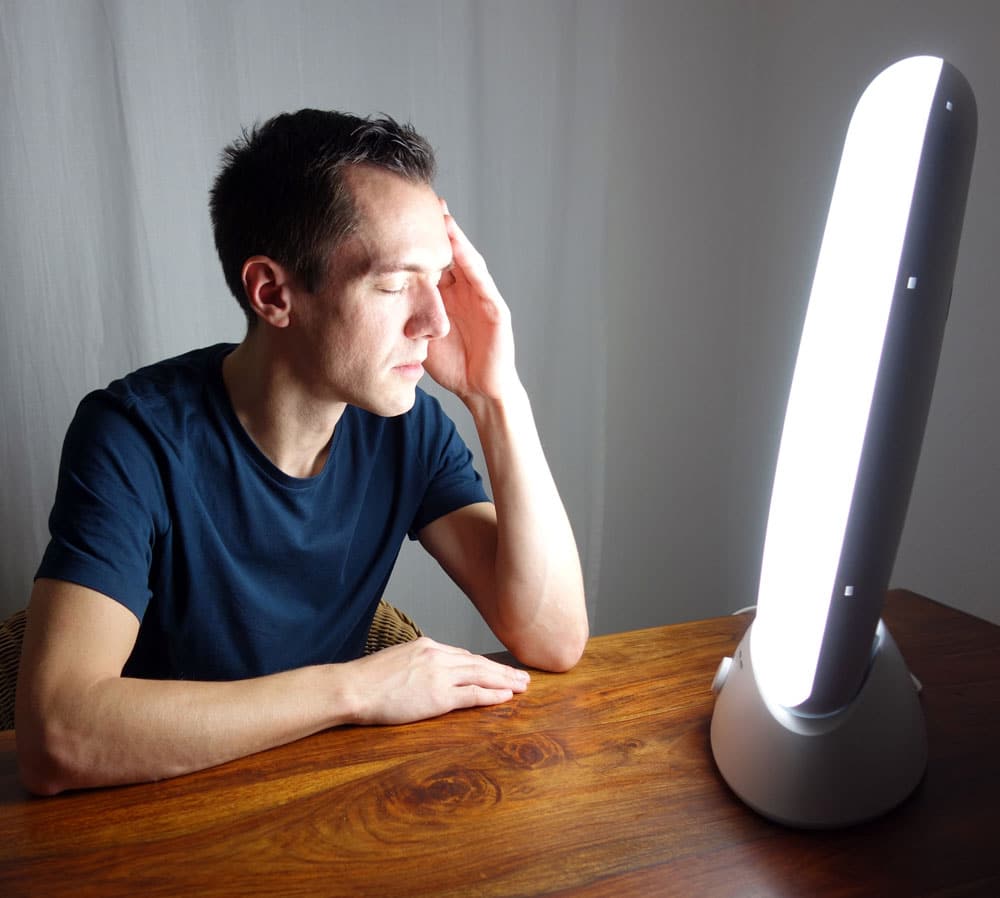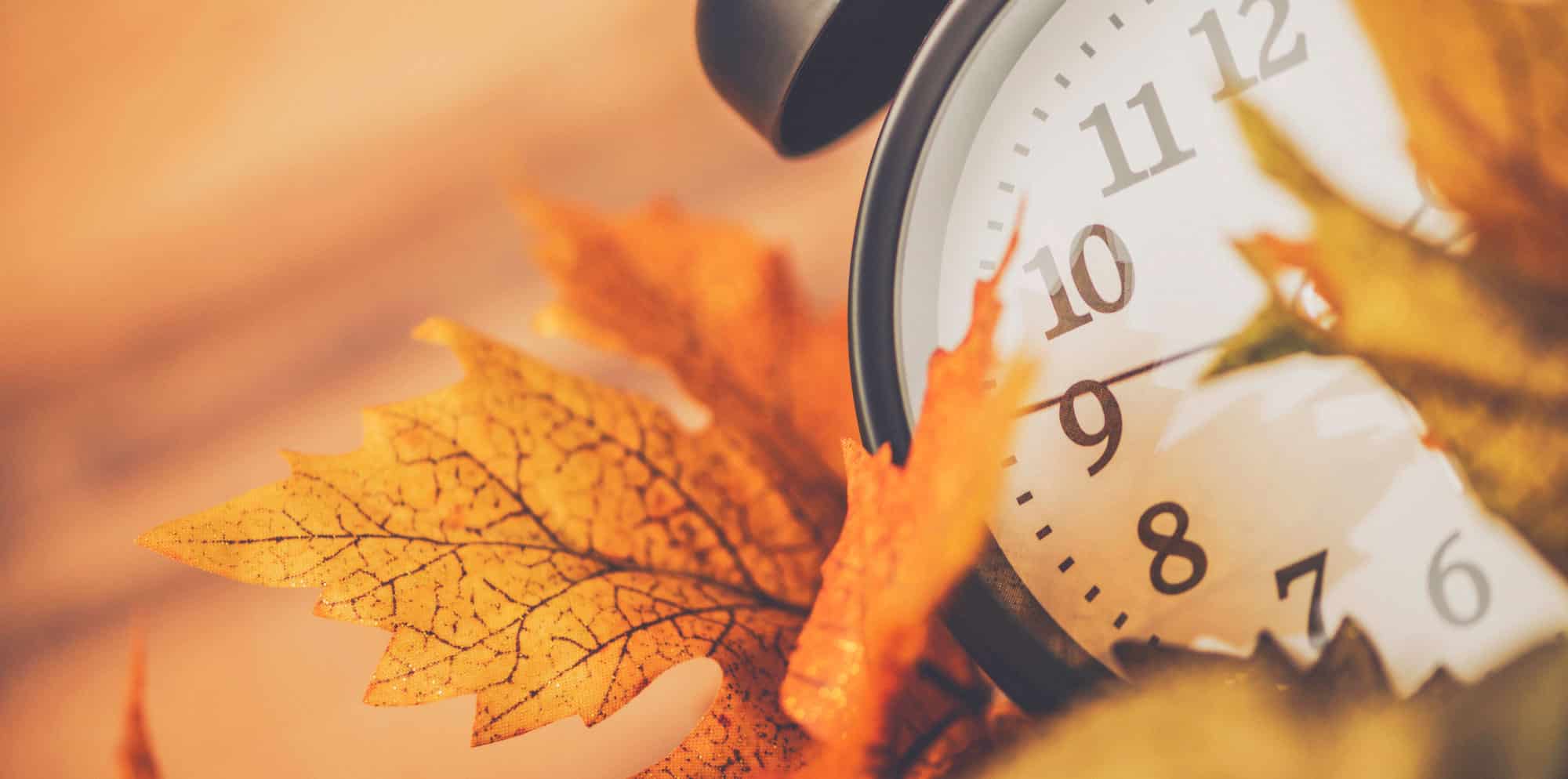By Wesley Gallagher
It’s fall, y’all. Leaves are turning, the weather is cooling, and summer grill outs are giving way to autumn firepits. While some of us may be excited about the changing seasons and the return of sweaters, others may miss the hot weather and hope the first snow is late this year. Either way, there’s no getting around the ending of Daylight Saving Time when the changing of clocks often brings about the changing of moods.
If you are one of the millions of Americans who dread this time of year because of the shortened daylight hours, you are not alone. If you have trouble getting out of bed and find yourself feeling sad and tired, not wanting to go out, or spending as much time with loved ones, you may suffer from seasonal affective disorder. This condition may find you feeling the same way every winter, doing all you can to hunker down and wait until spring.
What is Seasonal Affective Disorder?
The seasonal affective disorder has a few different names — SAD, seasonal depression, and winter depression among them — but they all refer to the same condition: a type of depression that comes and goes around the same time each year when the seasons change. While it can happen in spring and summer, most people who suffer from SAD experience it in the fall and winter, when days are shorter, and natural light is harder to come by.
While it can happen in spring and summer, most people who suffer from SAD experience it in the fall and winter, when days are shorter and natural light is harder to come by.
The National Institute of Mental Health lists the following symptoms of seasonal affective disorder:
- Feeling depressed mostly all day, every day
- Loss of interest in activities
- Changes in appetite or weight
- Problems with sleep
- Feeling sluggish or agitated, having low energy
- Feelings of hopelessness or worthlessness
- Difficulty concentrating
- Frequent thoughts of death or suicide
- Oversleeping
- Overeating, particularly carbohydrates
- Weight gain
- Social withdrawal or “hibernating”
If you notice that these symptoms sound similar to depression, that’s because SAD is actually a type of major depressive disorder. Essentially, it’s depression that happens during a certain time of year. About 10 million adults in the US — or 5% of the population — experience SAD, typically lasting about 40% of the year.
What Causes Seasonal Depression?
According to the National Institutes of Health, several factors combined are thought to cause seasonal depression in people:
- Difficulty regulating serotonin, the neurotransmitter responsible for balancing mood
- An excess of melatonin, the sleep hormone which is triggered by darkness and therefore increased during the shorter, darker days of winter
- A circadian rhythm that is timed differently, making it more difficult for your body to adjust to changes in season
- Possible lack of production of Vitamin D with less exposure to sunlight
Certain individuals are more likely to experience seasonal depression:
- Women
- Younger adults
- People living far from the equator (who have less sunlight in the wintertime)
- Those with a family history of depression, bipolar disorder, or SAD
Just like other forms of depression and mental illness, seasonal affective disorder needs to be treated by a medical professional, and you shouldn’t try to deal with it on your own.
Treating Seasonal Affective Disorder
Not to be confused with SAD, there is a mood change many people experience with the change of seasons called the “winter blues,” which is characterized by fatigue, sadness, difficulty concentrating, and disrupted sleep. While this milder form of winter depression can easily be managed with lifestyle changes such as eating well, working out, getting out of the house, and getting adequate sleep, true seasonal depression is a different story.

Just like other forms of depression and mental illness, seasonal affective disorder needs to be treated by a medical professional, and you shouldn’t try to deal with it on your own. A professional can help you decide the right course of action for your individual situation. Treatment for SAD can include medication and talk therapy, especially Cognitive Behavioral Therapy (CBT), as well as Vitamin D supplementation and something called light therapy.
Light therapy is used to mimic the effects of sunlight to decrease depressive symptoms. Research has shown that sitting in front of a full spectrum light box daily, especially first thing in the morning, can help relieve symptoms of seasonal depression. Usually, about 20 to 60 minutes of exposure is needed.
You can also take some steps on your own to help alleviate symptoms. As with all forms of depression, eating well, sleeping well, exercising, and getting outside can be extremely beneficial alongside your other treatments. It’s also important to have a support system and ensure you’re not isolating yourself. It may be hard to get out when it’s cold and dark, but being with loved ones can be a big mood booster, even on the darkest of days.
If you or someone you know is experiencing depression, don’t wait to seek help. The Meadows offers tailored, holistic treatment for various mental health issues, including all forms of depression. Reach out today to get the help you need.

